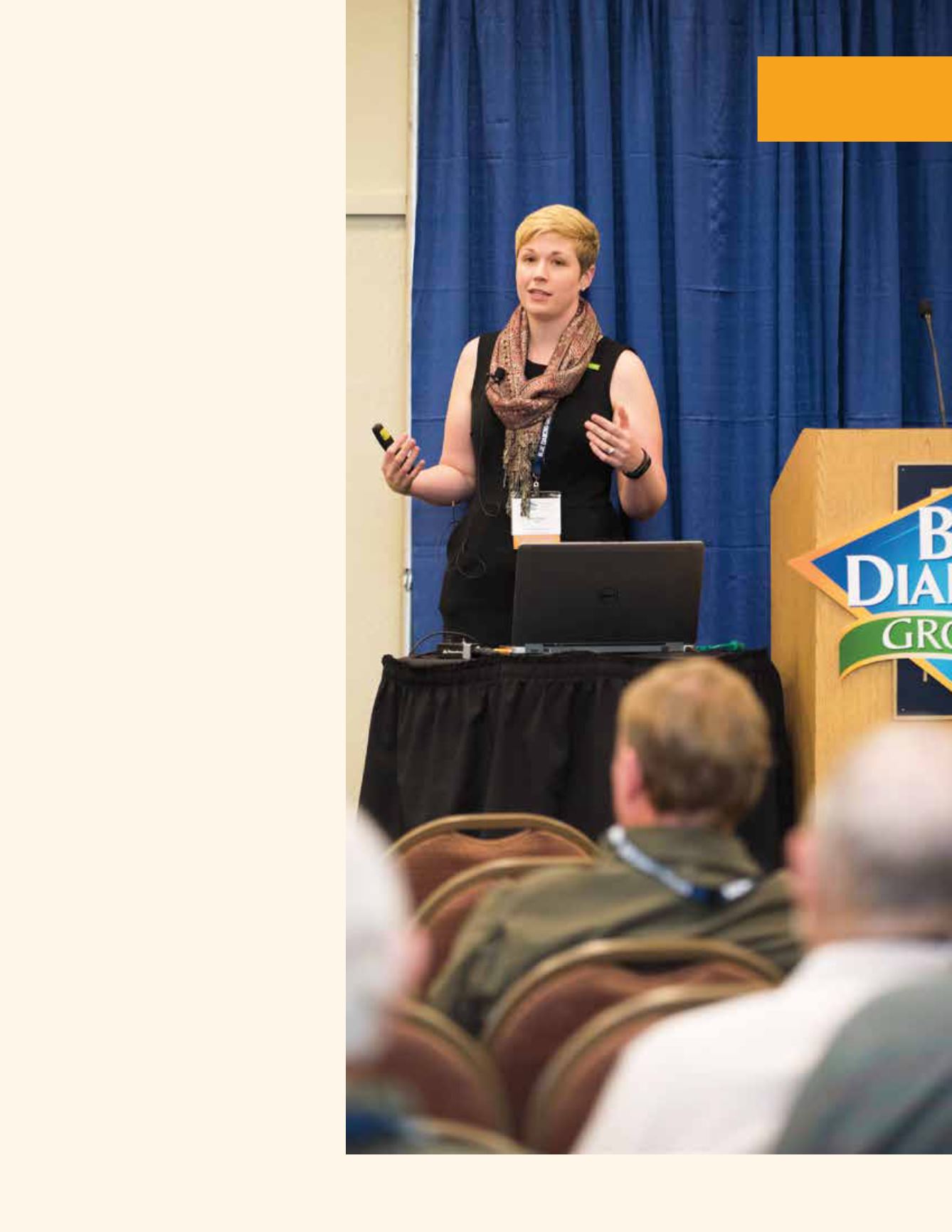
JANUARY | FEBRUARY 2017
Almond Facts
43
Default MRLs
Some countries use a Default MRL
when no MRL has been established for
a chemical-commodity combination,
Miller noted. Examples include the
European Union, Japan, Korea and
Canada. Default MRLs are usually
set very low.
Challenges to
Harmonization
When countries attempt to
“harmonize” their MRLs problems
arising from differences in procedures,
timing for registration, crops, pest
pressure and chemical use, as well as
different interpretations of available
data, Miller explained. The time from
submission of data to registration of
an IT can range from two years in the
U.S. to five years in Taiwan, Miller
noted. In addition, countries approach
and use the data differently. Miller
cited BASF registration of a chemical
used on stone fruit, for example.
The U.S. established a sub group
with a single MRL to cover cherries,
peaches and plums. The EU required
many more trials and established sub
groups with different MRLs for each
commodity. CODEX established a
single MRL but at a different level
than the U.S.
What Growers
Can Do
While these examples shine a light
on the difficulties encountered
marketing to different countries and
cultures, the opportunity outweighs
the complications, and growers can
increase their likelihood of success by
working with buyers and exporters to
understand requirements. Growers
can work through industry associations
to promote the adoption of MRLs
in target countries, Miller advised,
concluding with, “If you need
something, ask!”
Molly Miller addresses
the audience at the
Annual Meeting with
information about MRLs.


